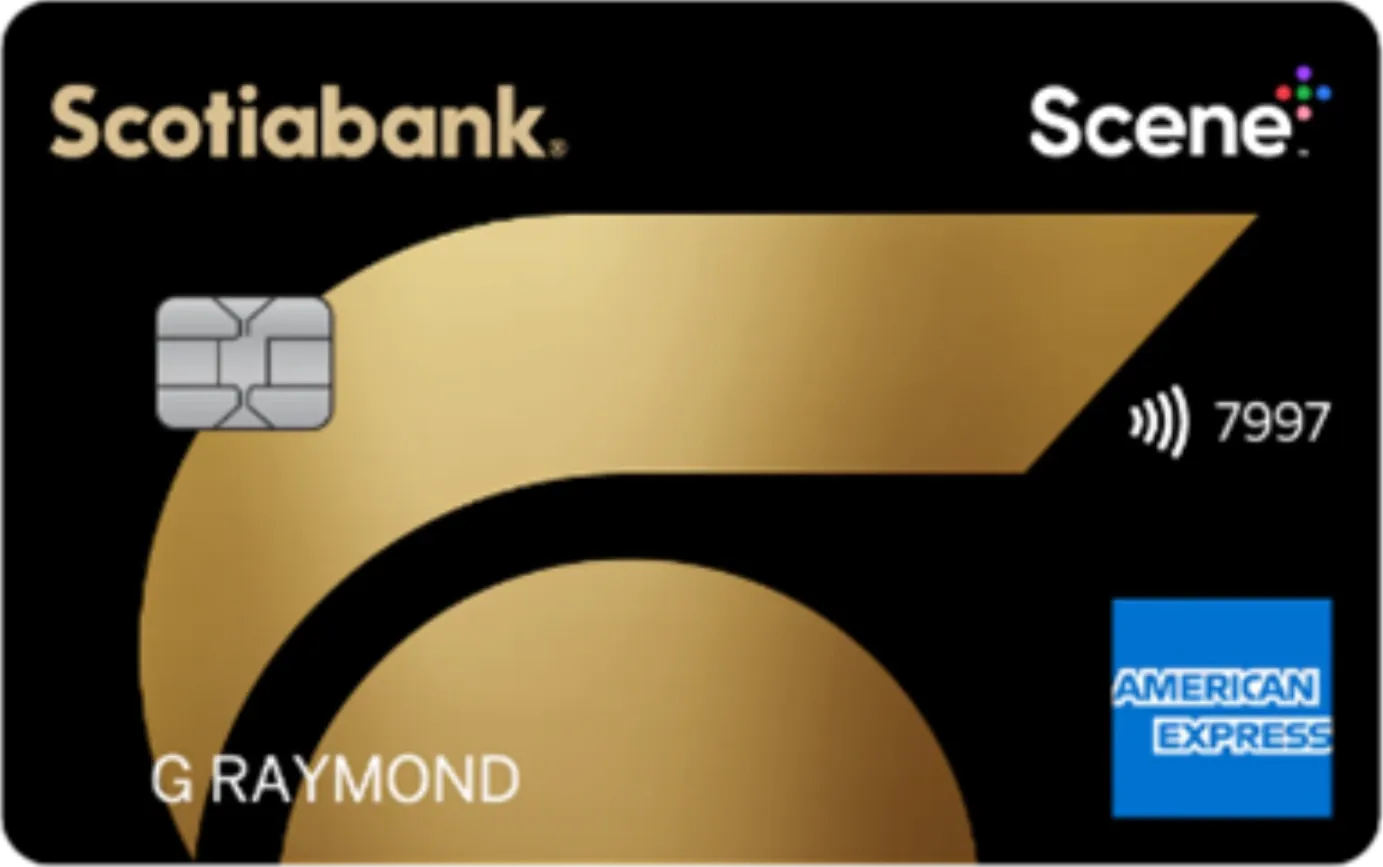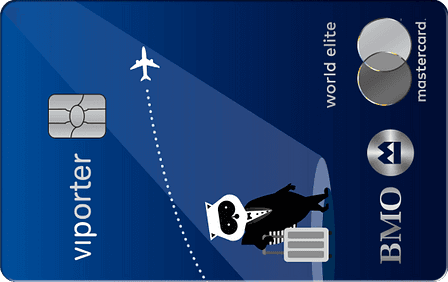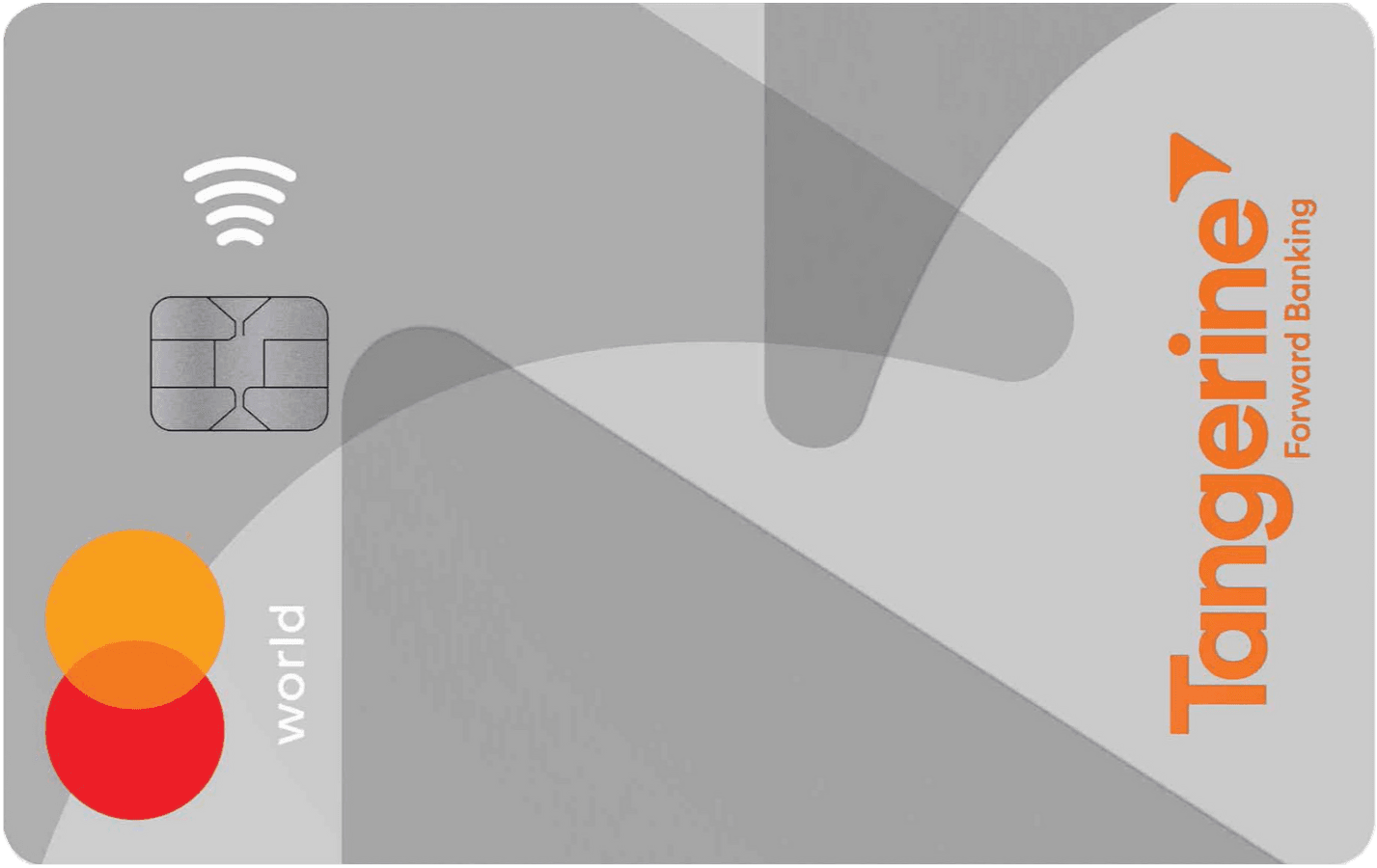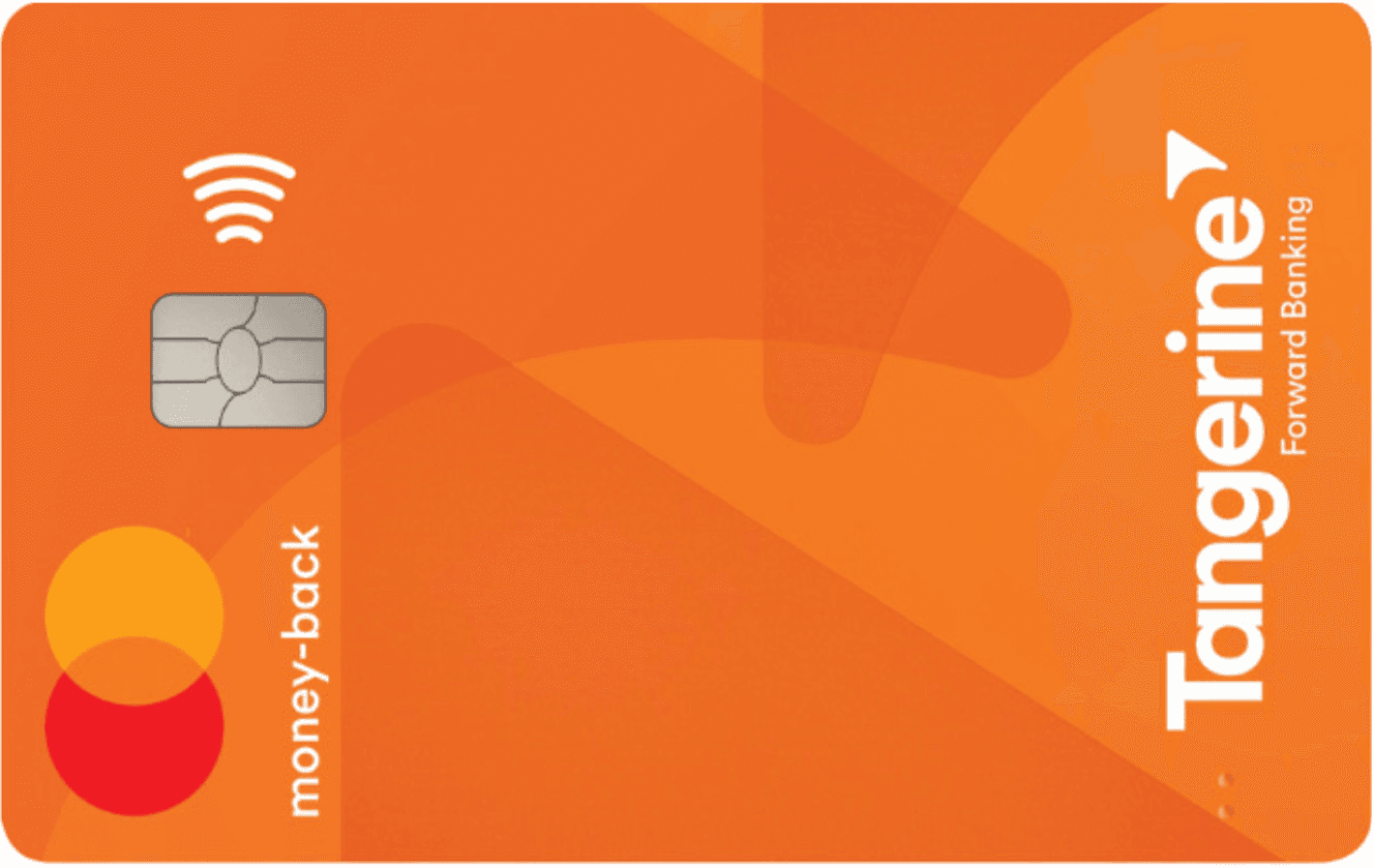Working hard in the background...
How to Choose Your Second Credit Card
Published Aug 31, 2025 4:07 AM UTC • 5 min read
Contrary to what some people may think, you can have more than one credit card in Canada. In fact, in many cases, you probably should.
Many credit cards struggle to cover all of the bases when it comes to reasonable annual fees (if any), strong reward programs, comprehensive coverage, and valuable benefits. Of course, there are some flexible options out there, but when in doubt, you can always apply for a second credit card to supplement any features your first card is missing.
Oftentimes, especially when we get our first credit card in high school or in college, we don’t even choose the card entirely on our own – we look to our parents and their respective banks to help forge our financial journeys.
With this in mind, many of us never truly took control of our credit card selection. Still, that’s not to say that we need close our current accounts. After all, two cards can exist simultaneously and even complement each other. This time around, however, you get to claim a bit more agency over your financial future and that agency starts with this blog post and ends with our Best Credit Card Finder.
For the ultimate guide on how to choose your second credit card, keep scrolling.
What to Look For in a Second Credit Card
To best understand how to choose your second credit card, you need to be familiar with what to look for in a second credit card.
Below, we’ve compiled multiple credit card must-haves for different types of spenders:
Consistently High Reward Rates
Sure, welcome bonuses are nice, but they don’t last forever. That’s why it’s best to invest in a credit card that’s equipped with consistently high reward rates at all times, rather than promotional rates that are short-lived.
While you’re at it, keep an eye on reward programs with spending caps. These caps might apply monthly or annually depending on the card. Regardless, if you suspect that your spending will surpass the imposed caps, you’ll want to consider an alternative card. Once you meet a card’s spending caps on specialized categories, you’ll be subject to the program’s base rate which is usually very low by comparison.
Rewards That Complement Your Spending Habits
We touched upon this a bit in the previous section, but when applying for a second credit card, you’ll want to make sure that the card in question complements your new spending habits.
In short, if you want to take more trips, then opt for a travel credit card. If you want to dine out more, then of course consider a dining credit card. Otherwise, if you’re simply looking for a card that will further optimize your everyday expenses like gas and groceries, check out the top cards in each respective category.
Added Perks
Unsurprisingly, you’ll also want your second card to have better perks or perhaps more perks than your current card – you’ll also want to make sure that these perks align with your financial lifestyle.
Similar to rewards, this means seeking out a card with benefits and coverage that complement your current expenses. For example, if you plan on travelling more, you’ll probably want a card with extensive travel benefits and coverage.
Low Interest Rates
On the flip side, if you know you have some substantial expenses on the horizon that might warrant carrying a balance, you’ll want to plan ahead and make those payments using a low-interest credit card. Some low-interest credit cards also have impressive promotional periods with no interest rates.
No (or Low) Annual Fees
A budget-conscious cardholder may also want their second credit card to sport a low or perhaps even no annual fee.
If you’re current card is a basic no-fee contender and you’re worried that you won’t find an upgrade that also avoids annual fees, you’ll be pleased to know that there are some no-fee cards that offer better rewards, perks, or coverage in exchange for requirements like a higher annual income or affiliated membership – which is something you might have this time around. For instance, the Rogers Red World Elite Mastercard has some amazing cashback potential (specifically for Rogers, Fido or Shaw customers), generous coverage (including trip interruption insurance, trip cancellation insurance, and emergency medical coverages), and helpful benefits like an airport lounge Dragon Pass membership (minus the free visits).
There are even credit cards with manageable annual fees under $100 that, in some cases, offer another step up when it comes to rewards, perks, and coverage.
You can also keep an eye out for cards that waive the annual fee for your first year of membership, just make sure that you’ll be able to start covering the cost in the years that follow.
When to Apply for a Second Credit Card
There are several scenarios that may prompt you to apply for that second credit card, such as:
An Improved Credit Score
A determining factor in whether or not you’ll be approved for a particular credit card is your credit score.
More exclusive cards may call for a higher score, while budget-friendly options like low-interest or secured cards typically allow for lower scores.
If you started with a budget-conscious card to help you build or revive your credit and you’re finally at a place where your credit health has improved, you can consider applying for a second card that's a bit more advanced than your current card.
Exact credit score recommendations aren’t explicitly disclosed by issuers, but our credit card finder page provides some estimates to help you navigate your potential eligibility.
An Income Increase
Similarly, since your first card, there’s a chance that you’ve progressed further in your career, which has perhaps led to a higher income.
Many cards come with annual income requirements that you have to meet either personally or as a household for approval.
As expected, higher income requirements are generally linked to more premium credit cards. These premium credit cards also tend to include higher annual fees. When you first started out, you probably wanted to avoid annual fees altogether, but at your current financial stage, you might be open to investing in a card for its exclusive benefits – as long as you use those benefits to their full potential.
For Reward or Benefit Upgrades
Building off of that last point, you might be at a stage in your life where you can afford (and crave) better rewards and benefits.
Tons of contenders come with high earning potential, like the American Express Cobalt Card for points or the Neo World Elite Mastercard for cashback.
Likewise, there are plenty of credit cards loaded perks, like the American Express Platinum Card or the Scotiabank Passport Visa Infinite Privilege Card – one of the most exclusive perks among these options being airport lounge access.
Cards like these, of course, have higher annual fees and some will tack on income requirements – so make sure you qualify before getting your hopes up!
To Accommodate Altered Spending Habits
When it comes to rewards, maybe you’re not looking for an upgrade, but rather a change.
Perhaps you never used to travel, but now you have the time (and the money) to do so.
In that case, you might consider a travel credit card for your spending habits – one that allows you to earn rewards on travel bookings and later redeem points towards future trips, all whilst being accompanied by comprehensive travel coverage and benefits.
On the other hand, maybe you used to be on more of a budget, so you didn’t typically dine out much, but now, you’re hungry for a credit card that will not only cover the restaurant bill, but also optimize it. In that case, your second credit card might be a dining credit card.
To Consolidate Debt
On the reverse side of things, there’s also a chance that you currently have more of a premium credit card, but you’ve accidentally collected some debt due to overspending.
Regular or premium cards usually have higher interest rates on carried balances. So, to remedy the issue, you might want to transfer your current balance to a balance transfer credit card.
For a set period of time, balance transfer credit cards come with lower interest rates or no interest rates at all on balance transfers, some even feature low-interest rates at all times.
To find the right balance transfer credit card for you, compare all of your options using our Balance Transfer Calculator.
Should You Have Multiple Credit Cards?
When it comes to credit cards, as we’ve established in this blog post, there comes a time when 2 is better than 1, but there are also times where maybe 3 works out perfectly.
That said, if you choose to have multiple credit cards, make sure you:
- Keep track of each card and any associated upkeep costs (including balances due)
- Check for any overlap of rewards, perks, or coverage and attempt to find a combination of cards that complement each other (i.e. one basic card for everyday purchases, a more premium card for travel, and a low-interest card just in case)
Overall, if you strike the right balance and do your research, having a good line-up of cards can help you maximize your earning potential, insurance coverage, and the amount of perks you have at your disposal.
Conclusion
There comes a time in many spenders’ lives where one credit card simply doesn’t cut it. Whether this is because you need better rewards or perks, improved your credit score, snagged a promotion at work, your spending habits have changed, or you need to consolidate some debt, there’s a second credit card that’s been patiently waiting for your application.
When deciding which card to add to your wallet, remember to look for complementary and consistently high reward rates and perks that you’ll actually use. If you’re looking to expand but remain budget-conscious, you can also scope out cards with low interest rates or low to no annual fees to accompany your current card.
Truth be told, you don’t have to stop at two credit cards. If you find more cards that are the perfect supplement to the ones you already own and adding them is still manageable, continue to explore – after all, that’s what the Best Credit Card Finder is for!
About the author

Sara Skodak
Since graduating from the University of Western Ontario, Sara has built a diverse writing portfolio, covering topics in the travel, business, and wellness sectors. As a self-started freelance content ... See full bio
Trending Offers

Scotiabank Gold American Express® Card

BMO VIPorter World Elite Mastercard®∗

MBNA Rewards World Elite® Mastercard®

BMO VIPorter Mastercard®∗

Tangerine World Mastercard

Tangerine Money-Back Credit Card
What's on this Page